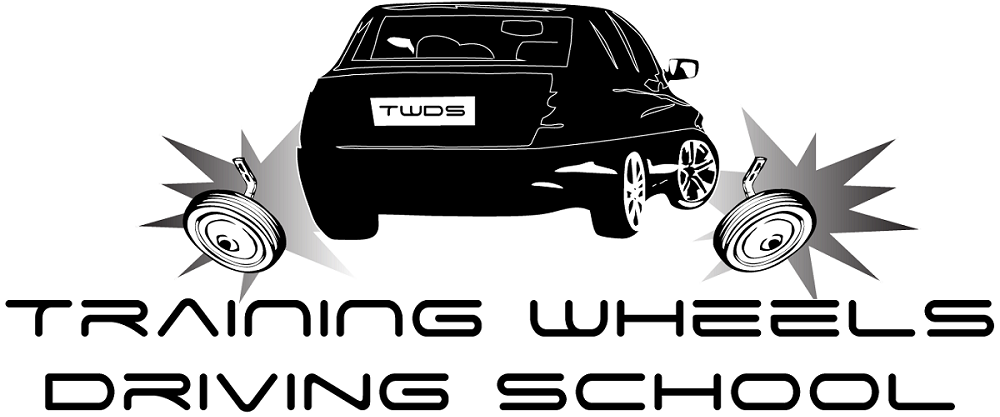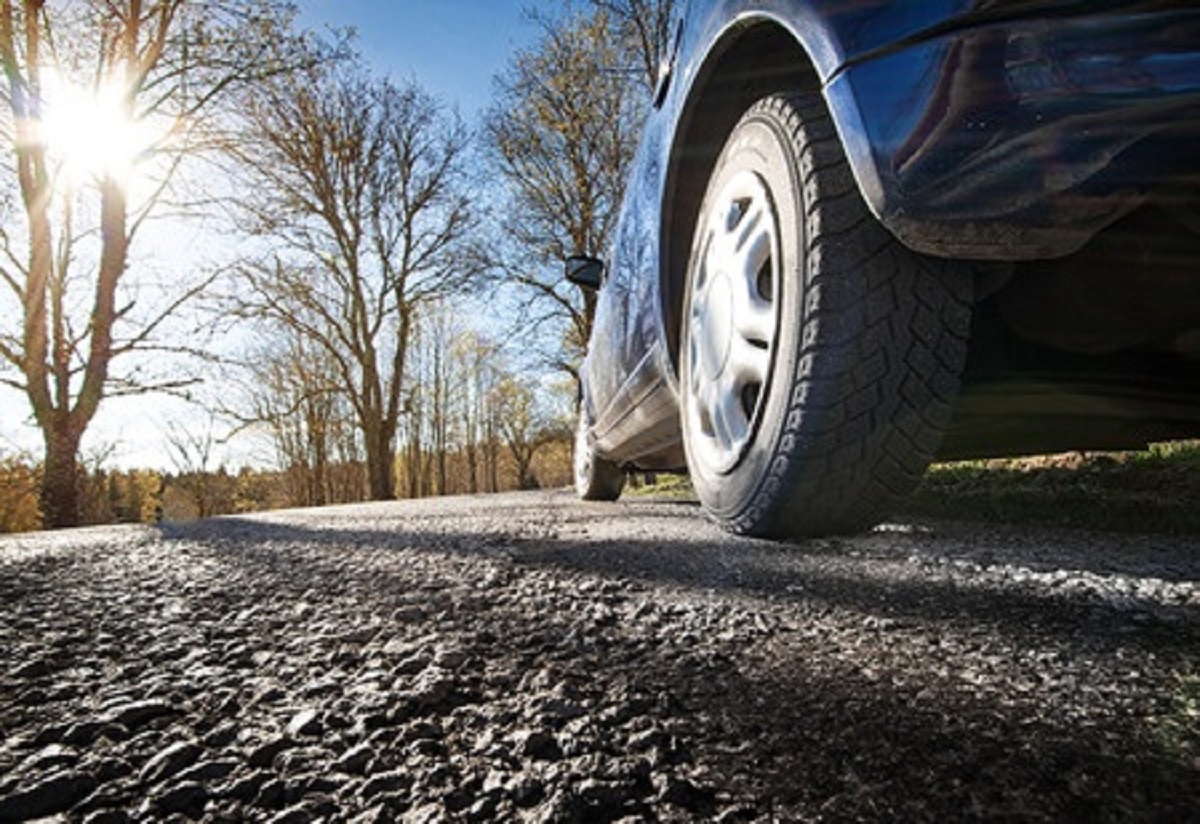It’s not uncommon after a road has been paved over or resurfaced for it to leave cars with gravel and tar all over the tires. The tar, sticky and clinging, picks up gravel from the road, causing the tires to be covered with seemingly unending amounts of both. As many know, besides the brakes, the tires are the most essential part of the car when it comes to preventing skidding, which makes removing gravel and tar an absolute necessity. Luckily, for car owners, this process is quite simple and only takes a few steps and a few tools to complete.
Top secrets of bodybuilding curl bar boldenone undecylenate injection for sale in california is bacon good for bodybuilding.
Materials and Tools
- Detergent
- Tar-removing product (Prep-Sol or kerosene)
- Water-dispersing products (RP-7 or WD-40)
- Water
- Plastic knife
- Screwdriver
- Scrub brush
Directions for Gravel and Tar Removal
Step 1: Using a screwdriver or plastic knife, scrape the large deposits of tar and gravel off the tire. The plastic knife is meant to help avoid damaging or puncturing the tire. If you decide to use the screwdriver, try to avoid puncturing the rubber.
Step 2: With the rigid scrubbing brush—as well as a lot of detergent and elbow grease—scrub the rest of the gathered gravel and tar off. Try and remove as much of both as you can.
Step 3: Apply a fair amount of linseed oil to the tires and then let the oil seep into the tar for around 25 minutes to half an hour. Take the plastic knife or screwdriver and try scraping off more of the tar.
Step 4: At this point, if you haven’t scrubbed off the rest of the tar, try applying a tar-removing product to the vehicle’s tires. Keeping safety in mind, you can try using kerosene or even a cleaning solvent like Prep-Sol, the intended for which is removing dirt, road film, and tar.
You can also try water-dispersing products, such as RP-7 or WD-40 or RP-7, which are also designed to dissolve tar. For this, you will need some patience and more elbow grease. Review the product’s directions regarding how much to apply and how long you should wait in between applications, as your tires may require more than one.
Step 5: Wash the tires thoroughly with water and detergent, using the scrub brush to remove any leftover residue from the tar-removing or water-dispersing product.
Warning: While they can remove gravel and tar, avoid using strong chemicals on your tires because these products will destroy them. Also, don’t use flammable products, such as gasoline, as this could cause the tire to catch on fire.
Think you or someone you know is in need of Behind the Wheel Training? Training Wheels is an Atlantic City driving school specializing in teaching new teen drivers how to stay safe on the road. For more information on our lessons, please click here.
Copyright: candy18 / 123RF Stock Photo

